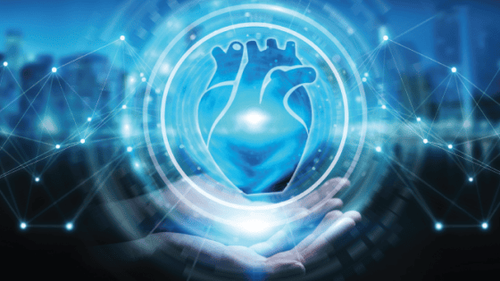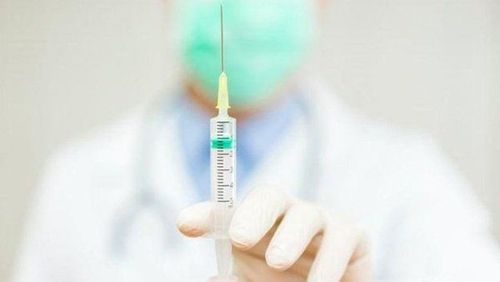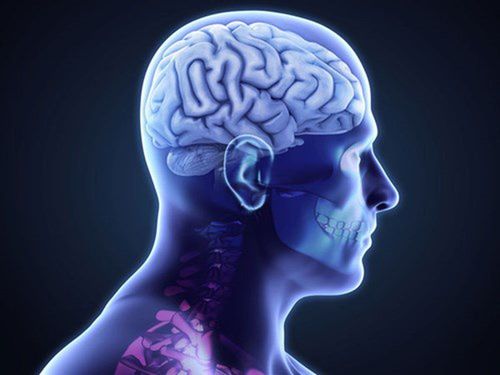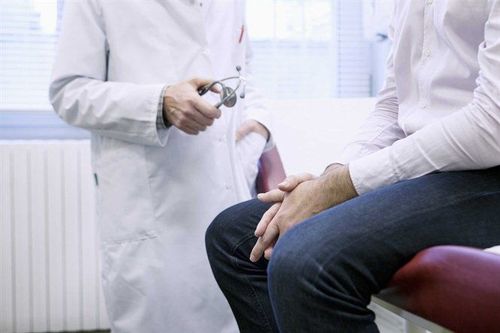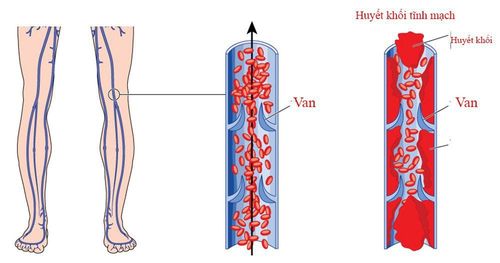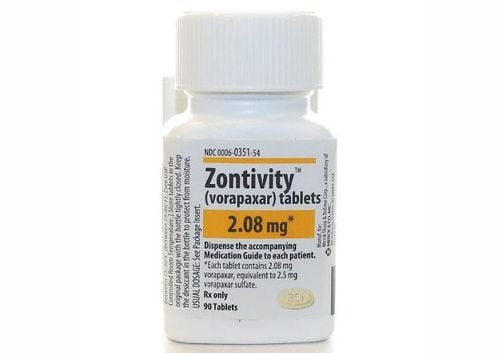This is an automatically translated article.
The article was professionally consulted by MSc Huynh An Thien - Department of Medical Examination and Internal Medicine, Vinmec International General Hospital Da Nang.
Cerebral infarction occurs due to lack of blood supply to the brain causing necrosis of an area of the brain. The disease can have transient mild manifestations such as numbness of hands and feet to severe symptoms such as paralysis of arms, legs, hemiplegia, aphasia, even coma.
1. What is cerebral infarction?
Cerebral infarction is a type of stroke that occurs due to lack of blood supply to the brain. It is different from a hemorrhagic stroke that results from bleeding in the brain. About 70-80% of strokes are ischemic while others have features of both ischemic stroke and hemorrhagic stroke, with the remainder being hemorrhagic.
Blood flows through the arteries carrying oxygen-carrying red blood cells. Blood flowing through the arteries also carries water, nutrients, and minerals to all cells in the body and removes excess waste products. So, an interrupted blood supply has serious consequences for brain cells because they need oxygen, water, nutrients and minerals to survive.
Patients with cerebral infarction have a mortality rate of about 15-20% and can be cured if they go to the hospital early in the first hours after having signs of stroke. Patients with cerebral infarction who come to the hospital early in the "golden period" will be able to effectively treat with fibrinolytic drugs and endovascular interventions.
2. Symptoms of cerebral infarction

Các triệu chứng lâm sàng của nhồi máu não xảy ra đột ngột thường vào lúc đang ngủ
In typical cases, symptoms appear suddenly, progressing within hours to days. Theoretically, the focal neurological symptoms correspond to the perfusion area of the affected artery. However, in reality, because the arteries are interconnected, there is a compensatory blood supply by the intact arteries, making the symptoms appear unclear.
Depending on the location of the lesion, the symptoms of the disease are also different:
Injury in the cerebral hemisphere: 50% of the cases of cerebral infarction are damaged in the cerebrum. Injury here can cause contralateral paralysis, starting with flaccid paralysis, gradually progressing to spastic paralysis; decreased contralateral sensation; reduced ipsilateral vision and difficulty speaking. Brainstem lesions: account for 25% of cases. In this case, symptoms appear diverse, can cause quadriplegia, visual disturbances and locked-in syndrome (awake, understand other people say but because of paralysis, so can't do anything). Defective lesions account for 25% of cases. The patient remains conscious, and symptoms may be motor- or sensory-related, or both. The clinical symptoms of ischemic stroke occur suddenly, often during sleep. Among them, the most typical symptoms are headache, vomiting, nausea and hemiplegia. Patients present with transient mild manifestations such as numbness of hands, feet, and hemiplegia, to sudden onset of focal neurological symptoms such as paralysis of arms, legs, hemiplegia, even coma.
3. Signs of cerebral infarction
Check if someone is suspected of having a cerebral infarction with the FAST (rapid) test :
Face (face): If the patient is asked to smile or show teeth, one side of the face cannot be moved. Arm: When asking the patient to raise his arms, one arm will appear weaker than the other. Speech: The patient has difficulty speaking, uses inappropriate words or is silent. Time: If the examination shows that the patient has symptoms of cerebral infarction, then call 911 immediately and remember the time when symptoms started to appear. Remember, time is an important factor in determining patient safety.

Hãy kiểm tra nếu nghi ngờ ai đó bị nhồi máu não bằng kiểm tra FAST (nhanh)
4. First aid for people with cerebral infarction
Call an ambulance to transport the patient to the nearest medical facility capable of treating and treating brain infarction.
While waiting for an ambulance, depending on the patient's condition, there are different treatments:
If the patient is awake, place the patient on his or her side, with the head slightly raised. Absolutely, do not give the sick person anything to eat or drink. Perform airway clearance for the patient by removing foreign objects in the throat if present or wiping sputum in the mouth. If paralyzed, when transporting, need help and tilt the patient to the healthy side.
If the patient has no pulse or stops breathing, perform chest compressions immediately (80-100 times per minute) until the heart is beating again.
In cerebral infarction, emergency and prompt treatment are very important. If the golden period is over, the patient's likelihood of complications may be higher. The technique of treating cerebral artery thrombosis has been applied at Vinmec Da Nang International General Hospital to increase the chances of treating patients with cerebral infarction in particular and thrombotic diseases in general.
The technique is performed by experienced and professional doctors:
Dr. Spider due to rupture of cerebral aneurysm Cerebral infarction due to occlusion of a large cerebral artery. Cerebral hemorrhage due to rupture of cerebral vascular malformation. The outstanding advantage of that method is the use of magnetic resonance imaging (MRI) 3.0 and a 640-segment CT scanner for interventional techniques to remove cerebral artery thrombosis.
Customers can go directly to Vinmec Da Nang to visit or contact hotline 0236 3711 111 for support.





